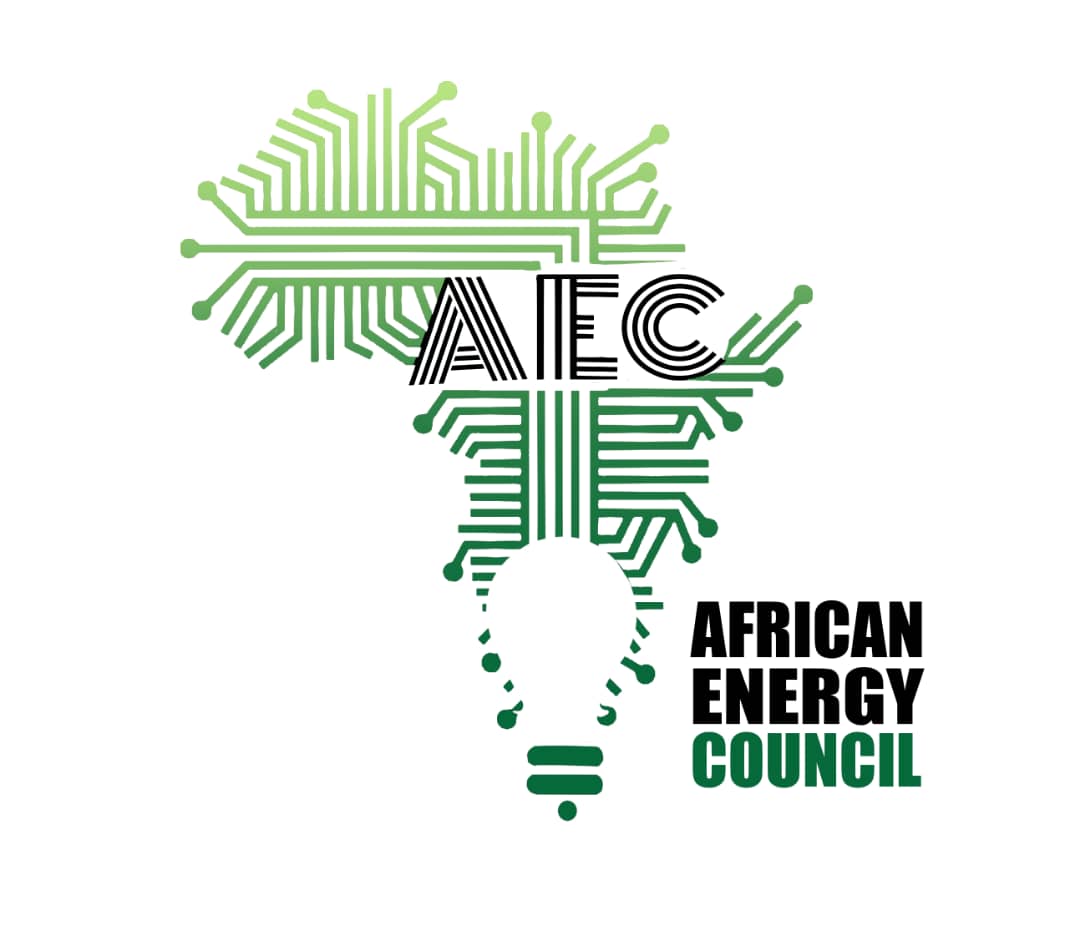African Trade and Investment Development Insurance (ATIDI) declared its intention to support the 20 MW Ituka West Nile Uganda Ltd. solar project developed by AMEA Power, an Independent Power Producer (IPP) based in Dubai.
ATIDI will support the project via its Regional Liquidity Support Facility (RLSF) by providing payment guarantees for the benefit of the project on behalf of the Ugandan national power utility, Uganda Electricity Transmission Company Limited (UETCL).
The partnership was announced during a signing ceremony on the margins of the 28th Conference of the Parties to the UN Framework Convention on Climate Change (COP28) in Dubai, underscoring ATIDI’s commitment to risk mitigation and project resilience in the dynamic landscape of sustainable energy initiatives.
Commenting on the deal ATIDI CEO Manuel Moses thanked AMEA Power for serving as catalysts for energy independence in Uganda.
“At ATIDI, we believe in fostering sustainable development, and one crucial avenue is supporting IPPs who propel diversification of Africa’s energy mix,” said Moses.
“Over the past years, Uganda has demonstrated remarkable strides in its energy sector, and we are proud to play a role in this transformative journey. Our recent collaboration with IPPs in Uganda is not just about power generation; it’s about empowering communities, driving economic growth, and fostering a sustainable future.”.
AMEA Power Senior Director for Project Development Aqueel Bohra said investing in renewable energy in Uganda was part of the company’s pledge to deliver sustainable energy to all.
“We thank ATIDI for their support, which is crucial for the success of the project. Our solar project will not only help provide essential power to homes and industries but will also drive economic growth, create jobs, and safeguard the environment.”
Uganda has made positive progress in increasing electricity access rates, with annualised increases of 3% between 2010 and 2020. The electricity access rate currently stands at 42%, which is a notable improvement from the national access rate of only 12% in 2010.

